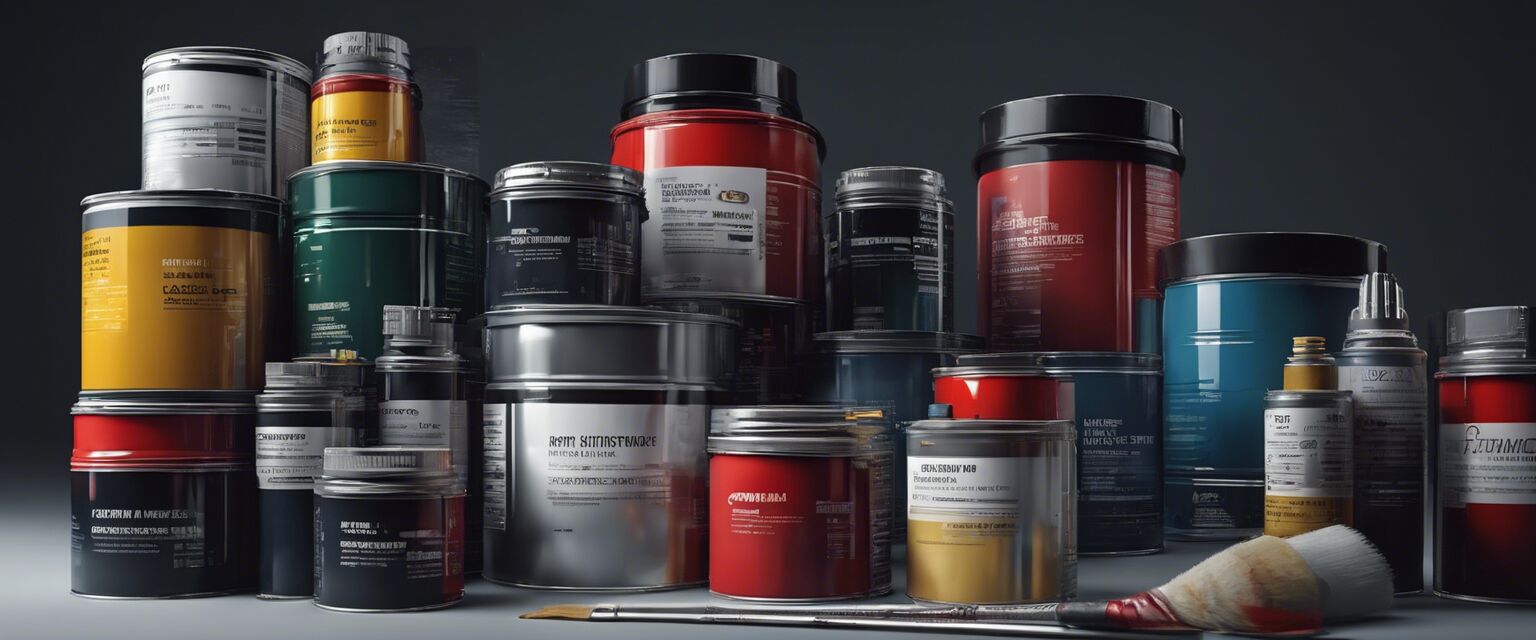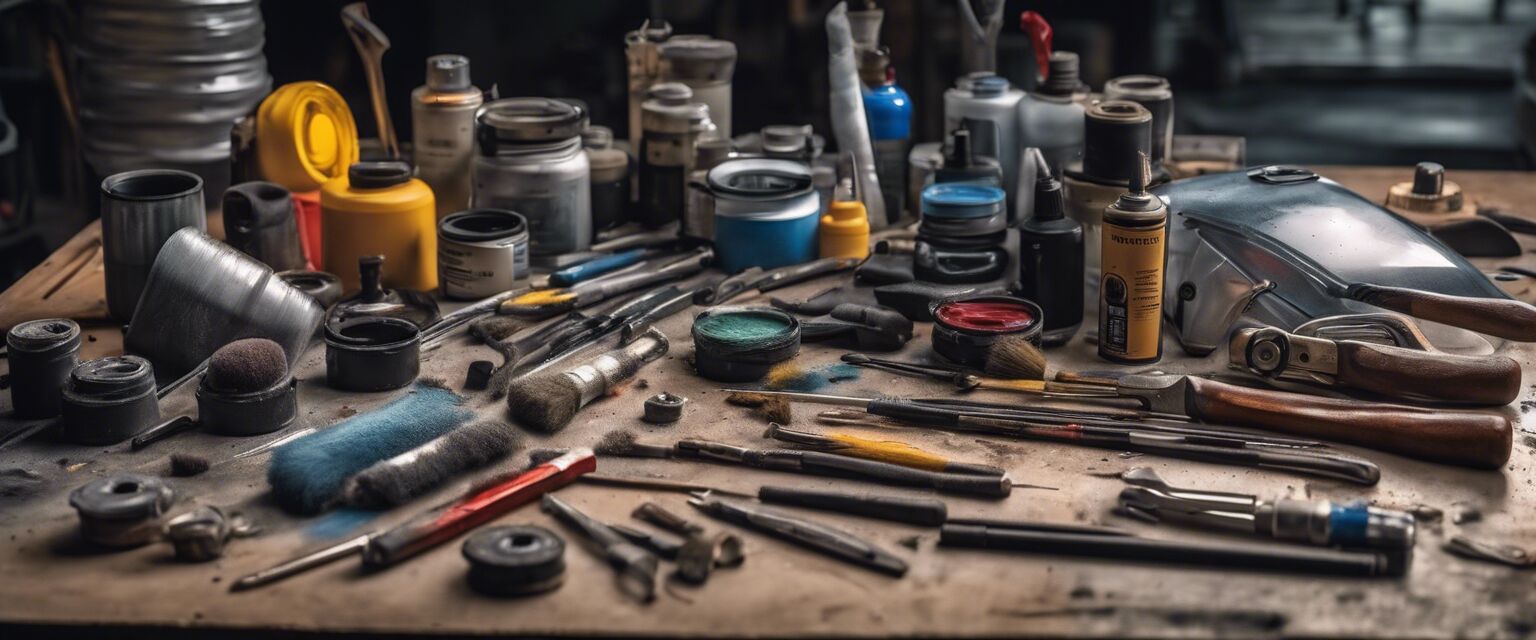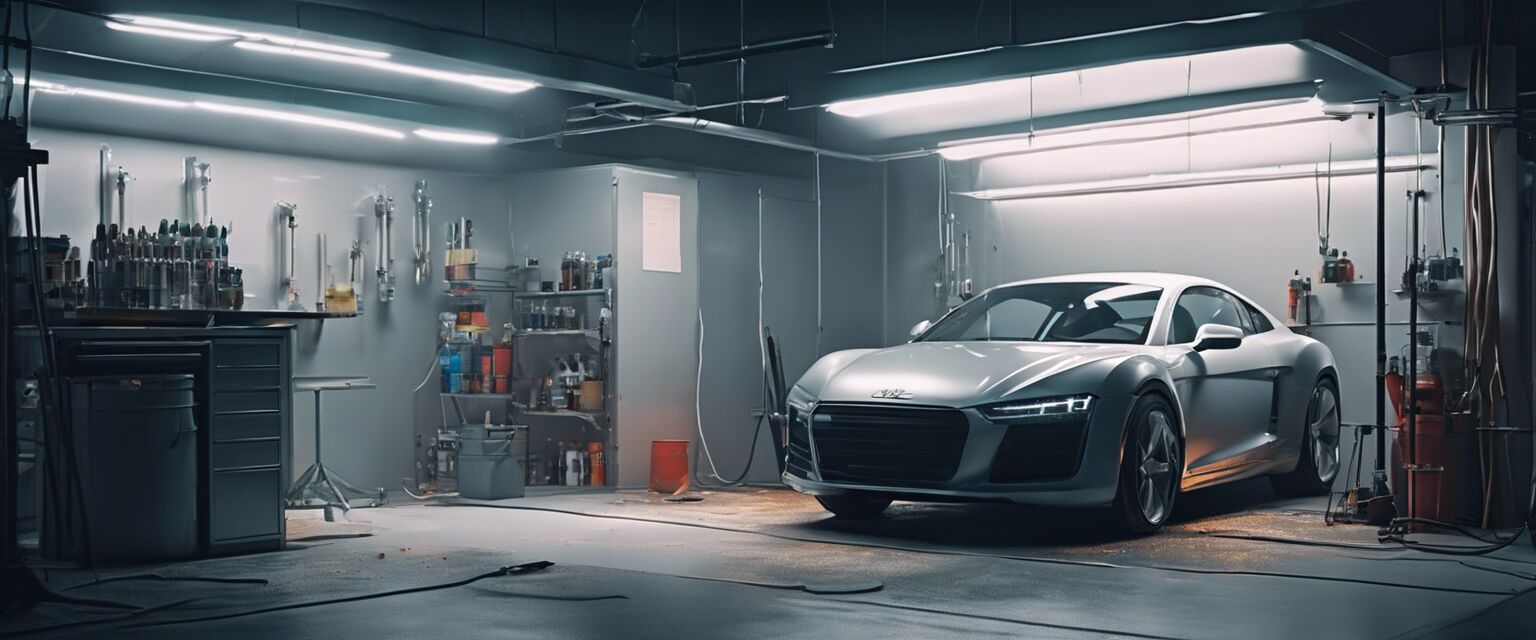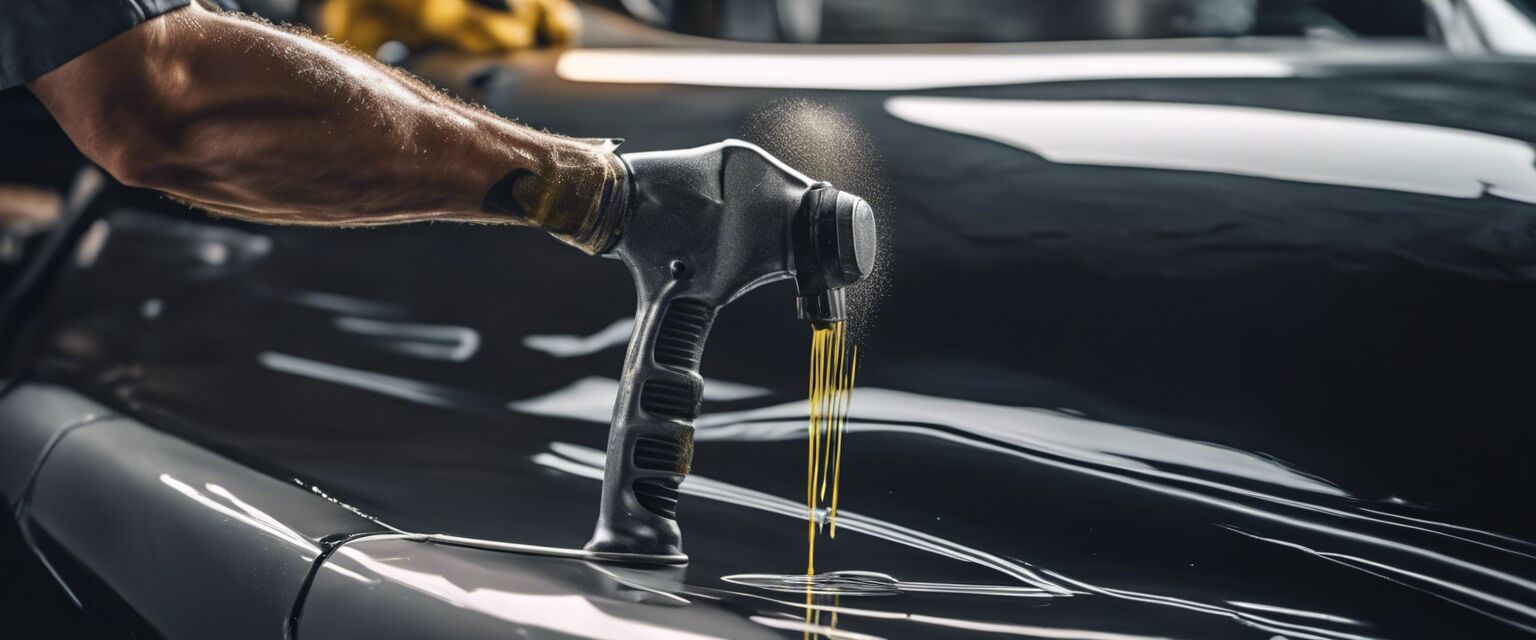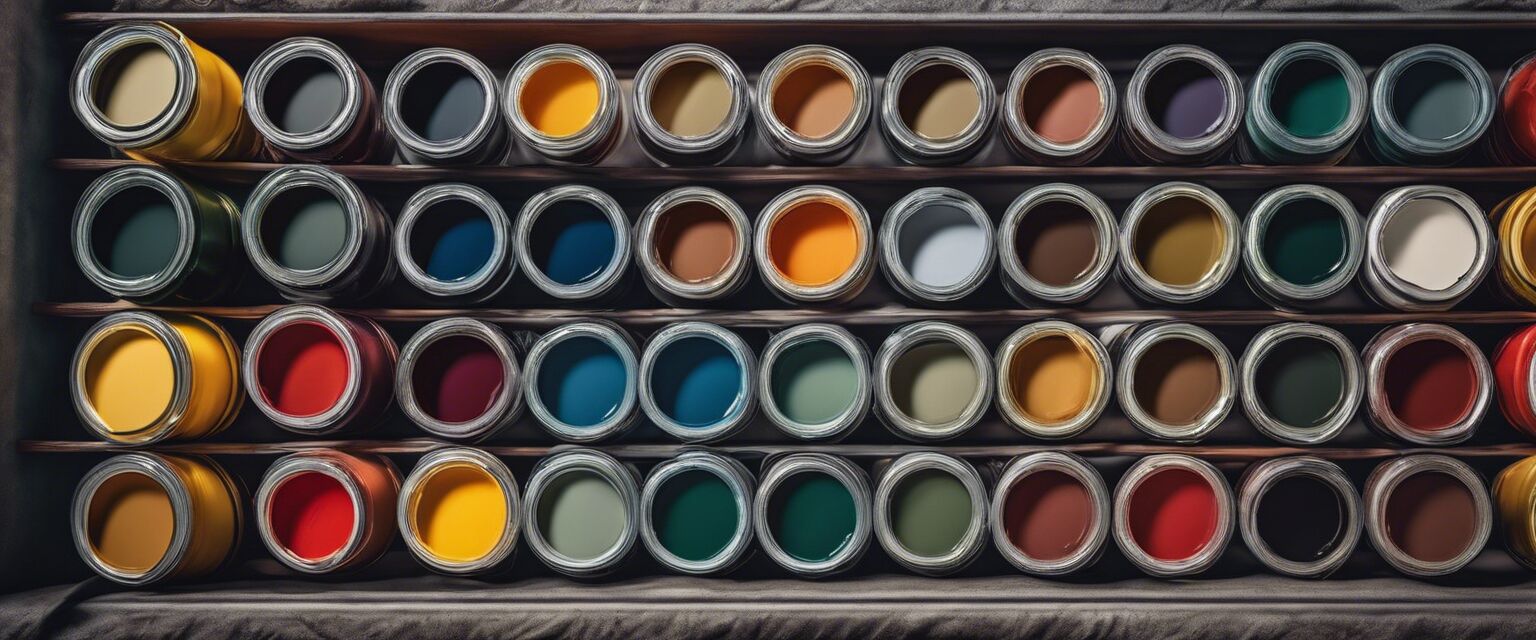
Common paint issues and solutions
Key Takeaways
- Understanding common automotive paint issues helps in better preparation and sealing.
- Proper techniques can significantly reduce issues such as bubbling and peeling.
- Using quality products can enhance the longevity and finish of your paint job.
Automotive painting is an essential skill for anyone involved in auto body works. While high-quality paint can provide a beautiful finish, various issues can arise during the painting process. This article explores common paint issues and their solutions to help you achieve the best possible results.
Common automotive paint issues
| Issue | Description |
|---|---|
| Bubbling | Small air bubbles form under the paint finish. |
| Peeling | Paint lifts away from the surface, often due to poor adhesion. |
| Orange Peel | A texture resembling an orange skin, usually from improper spraying. |
| Runny Paint | Uncontrolled paint drips result from too much paint application. |
| Fading | Loss of color and gloss due to exposure to UV light. |
Understanding the issues
Bubbling
Bubbling can be caused by moisture trapped under the paint or incorrect mixing of paint components. It often appears as small blisters on the surface and can be unsightly.

Peeling
This is often the most frustrating paint issue for a car owner. Peeling can occur due to insufficient surface preparation or the use of low-quality paint. It's essential to ensure the surface is cleaned and primed adequately before applying paint.
Orange Peel
Orange Peel looks like the surface of an orange, and it can occur if the spray gun pressure is too low or if the paint is too thick. The result is an uneven finish that detracts from the visual appeal of the vehicle.
Solutions to common paint issues
How to fix bubbling
- Ensure that the surface is completely dry before painting.
- Use a heat gun to carefully remove bubbles after the paint has dried.
- When mixing paint, ensure proper mixing ratios to avoid issues.
How to prevent peeling
- Thoroughly clean and sand the surface to ensure proper adhesion.
- Apply a high-quality primer before the paint.
- Allow each coat of paint to dry fully before applying additional layers.
How to eliminate orange peel
- Ensure the spray gun settings are correct and consistent.
- Dilute the paint if necessary to achieve the right viscosity.
- Consider using a clear coat for a smoother finish.
Preventive measures
Many paint issues can be prevented with careful preparation and using the right tools and materials. Here are some best practices:
- Always clean the surface of your vehicle before painting.
- Wear protective gear to avoid contamination of the paint.
- Use a proper paint sprayer with adjustable settings.
Recommended tools and supplies
Having the right automotive paint supplies and equipment can significantly reduce the occurrence of paint issues. Here are some essential tools:
| Tool/Equipment | Description | Purpose |
|---|---|---|
| Paint sprayer | A device to apply the paint evenly. | Essential for smooth applications. |
| Sandpaper | Different grit options for surface preparation. | Helps achieve a clean surface. |
| Paint mixer | Tool to mix paint thoroughly. | Ensure consistent paint application. |
| Protective gear | Masks, gloves, and goggles. | Safety while painting. |
| Cleaning supplies | De-greasers and cleaners. | To prep the surface for painting. |
Tips for beginners
- Start with smaller projects before moving to full cars.
- Practice on scrap surfaces to refine your technique.
- Donât rush; take your time with each step for the best finish.
Conclusion
Understanding and addressing common paint issues can save you time and effort in your automotive painting projects. By employing preventive strategies and having the right supplies, you can achieve a professional finish and avoid the frustrations associated with paint imperfections.
Pros
- Prevention reduces the need for costly repairs.
- A better understanding of preparation leads to improved results.
- Higher quality finish enhances the vehicle's appearance and value.
Cons
- Time-consuming preparation can deter beginners.
- Initial investment in quality tools and products may be high.
